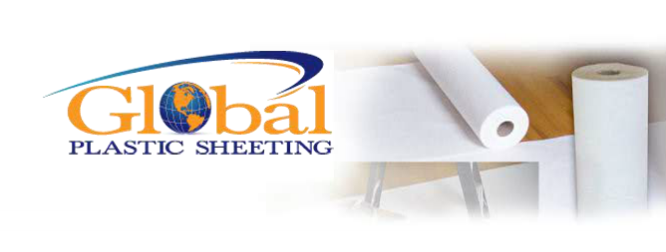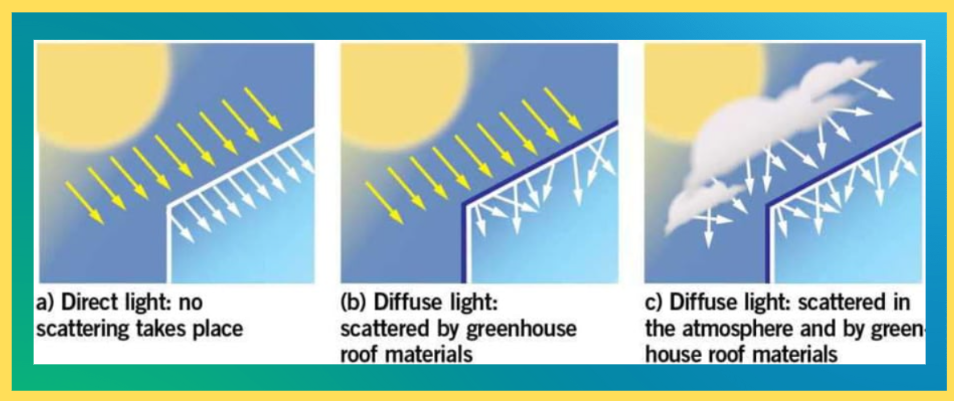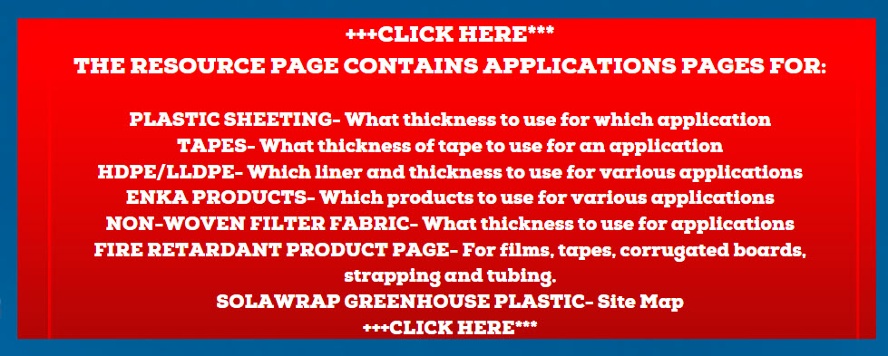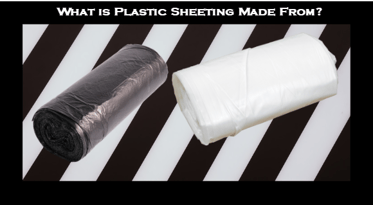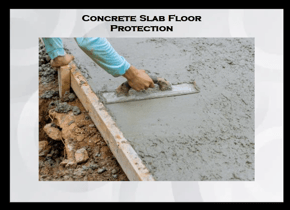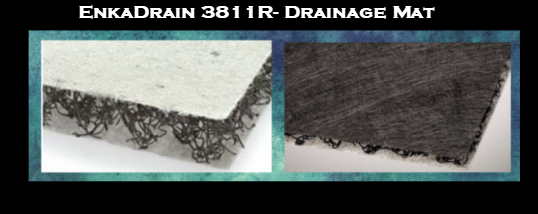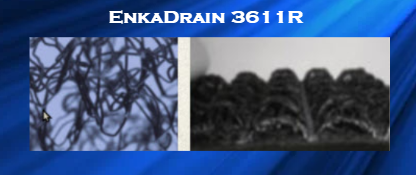Greenhouse Growing or No Greenhouse for Tomatoes....That is the Question!
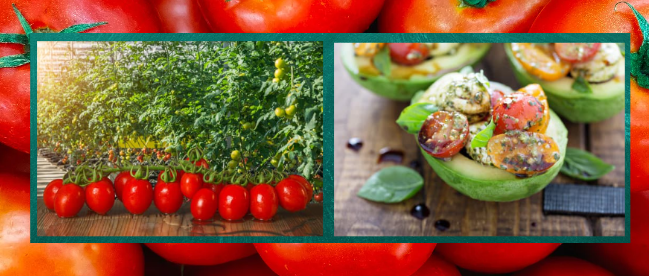
Ah, tomatoes, the shining stars of our gardens and dinner plates. They're bursting with flavor and packed with nutrients, making them a favorite among farmers and gardeners alike. But when it comes to growing these juicy delights, there's a decision to be made: should you go the cozy greenhouse route or let Mother Nature work her magic outdoors? It's time to embark on an epic tomato-growing adventure and explore the exciting differences between these two methods. Buckle up and get ready for a wild ride!
Unleashing the Yields: The Greenhouse Advantage
Picture this: a magical land where everything is under your control. That's what a greenhouse offers tomato growers. With the power to adjust temperature, humidity, and other essential factors, you can create the perfect growing conditions. Say goodbye to pesky pests, diseases, and wild weather tantrums that ruin your crop. In the greenhouse, it's all about higher yields and a consistent supply. Plus, greenhouse-grown tomatoes get to enjoy an extended growing season, resulting in multiple bountiful harvests throughout the year. It's a tomato lover's dream come true!
Outdoor Adventure: Braving the Elements
If you're a fan of unpredictability and the thrill of the great outdoors, outdoor cultivation might be your calling. Here, you rely on nature's whims and fancies to nurture your tomatoes. While it may mean lower yields and a shorter growing season, there's something undeniably charming about the influence of natural conditions on flavor and quality. The sun's warm embrace, the refreshing touch of rainwater, and the whispers of the surrounding environment all shape the taste of outdoor-grown tomatoes. It's like a wild expedition for your taste buds!
A Race Against Time: Greenhouse's Year-Round Magic
Imagine a tomato wonderland where the concept of time doesn't exist. That's the magic of greenhouse cultivation. By maintaining a controlled environment, greenhouse growers can manipulate every aspect, from temperature to light and humidity. No matter the season, you can enjoy a consistent tomato supply year-round. It's a game-changer, enabling farmers to meet market demands and keep those tomato lovers happy. Outdoor cultivation, on the other hand, must play by nature's rules, resulting in a more limited and seasonal availability of tomatoes. Time waits for no tomato!
Flavor Fiesta: The Battle of Tastes
Now, let's talk about the taste buds' ultimate quest: flavor. Traditionalists argue that outdoor-grown tomatoes hold the crown when it comes to taste. The natural elements they experience, like basking in the sun and sipping rainwater, contribute to an unmatched flavor profile. However, the greenhouse gang isn't far behind. With cutting-edge technology and careful nutrient management, greenhouse growers have narrowed the flavor gap. They've mastered the art of producing flavorful tomatoes within controlled environments. It's a battle of tastes where everyone wins!
The Grand Finale: Choosing Your Tomato Adventure
In the epic showdown between greenhouse and outdoor cultivation, there are no losers, only choices. Greenhouse cultivation brings higher yields, extended growing seasons, and protection against pesky pests and unpredictable weather. It's a world of control, consistency, and year-round production. On the other hand, outdoor cultivation offers the allure of natural flavor and quality influenced by the elements. It's an adventure that embraces the ever-changing seasons.
The choice is yours, my fellow tomato enthusiasts. Consider your goals, market demands, and available resources. If you seek tomato domination with higher yields and reliable production, the greenhouse path awaits you. But if you crave the thrill of nature's touch and that authentic taste of the great outdoors, venture into the open fields.
In the end, both methods have their unique charm. So, put on your gardening gloves, grab those tomato seeds, and let your tomato adventure begin. Whether it's the greenhouse or the great outdoors, one thing is certain: the world needs more delicious tomatoes, and you're just the hero to provide them. Happy growing!
And now...a yummy recipe for those tomatoes!
Caprese Stuffed Avocados: Ingredients:- 2 ripe avocados
- 2 medium-sized tomatoes, diced
- Fresh mozzarella cheese, diced
- Fresh basil leaves, chopped
- Balsamic glaze
- Salt and pepper to taste
Instructions:
-
Slice the avocados in half and remove the pits. Scoop out a little extra avocado flesh from the center to create more space for the filling.
-
In a bowl, combine the diced tomatoes, mozzarella cheese, and chopped basil. Season with salt and pepper.
-
Stuff each avocado half with the tomato, cheese, and basil mixture.
-
Drizzle with balsamic glaze for added flavor.
-
Serve immediately and enjoy this refreshing and unique twist on a classic Caprese salad.



